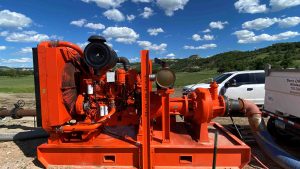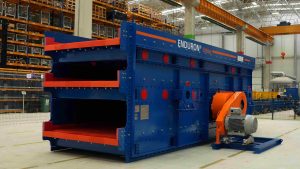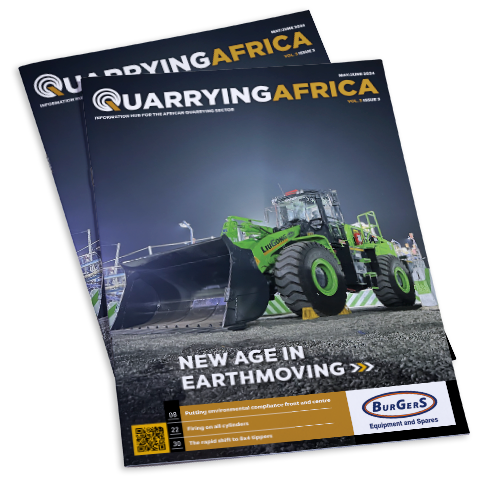Rockfalls are among the main safety risks on mines and quarries, requiring the utmost care and expertise to protect mine workers and ensure unimpeded production.
In ongoing efforts to ensure safer mining, surface mining industry association, ASPASA, recently released an informative booklet for its members with the latest practices, tips and a handy inspection checklist included below in the interest of promoting a safer industry.
The following are checkpoints for inspection and should identify locations and changes in condition of slopes for further action. This checklist can be incorporated into surface mines own safety inspections:
Batters/Walls
- Constructed to design angle
- Face spalling or fretting
- Cracks/over hangs
- Toes maintained
- Water seepage
- Access ramp away from face
- Ramp bunded
- Blast damage
Berms/Benches
- Design width achieved
- Crest loss
- Signs of instability
- Drainage adequate
Pit surrounds
- Drainage away from pit
- Surface water ponding
- Windrows adequate
- Surface settlement or subsidence
- No environmental damage
Road Conditions
- Wide enough for vehicles
- Adequate passing areas
- Drainage adequate
- Roads in good condition
Signage
- Access to site adequately sign posted
- Open pit hazard identified
- Exclusion zones
Windrows/Catch bunds
- Catch berms installed
- Adequate height for rockfall
While not an exhaustive list of safety checks, it can be used as a basis and customised to individual mine requirements bearing in mind that no two mines are the same nor are any two slopes within a mine the same. ASPASA members can contact the office for a copy.






